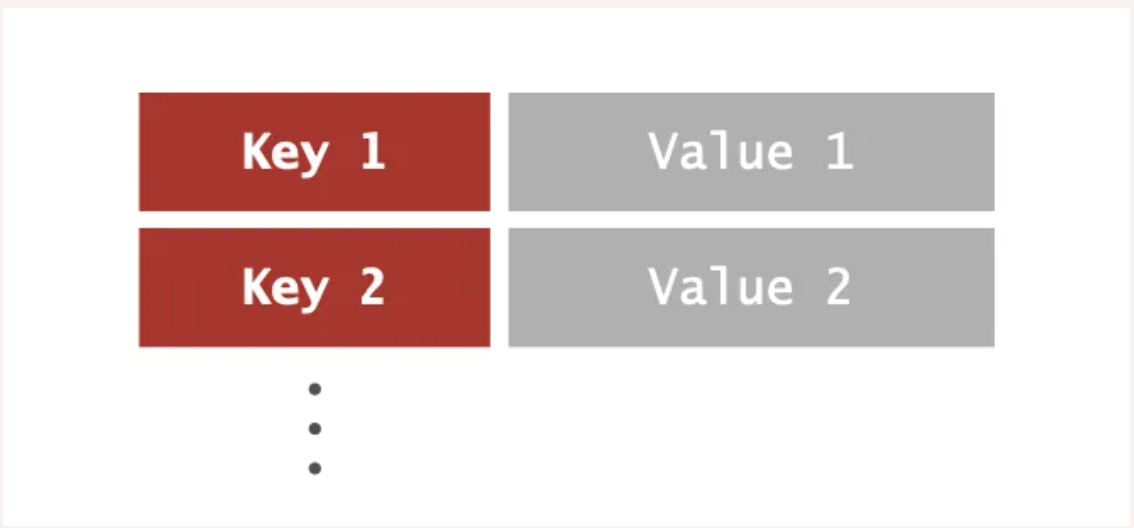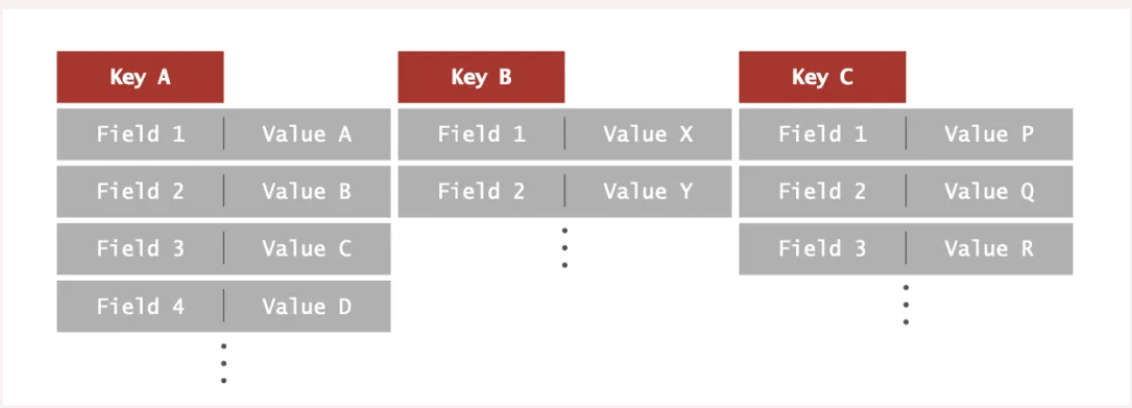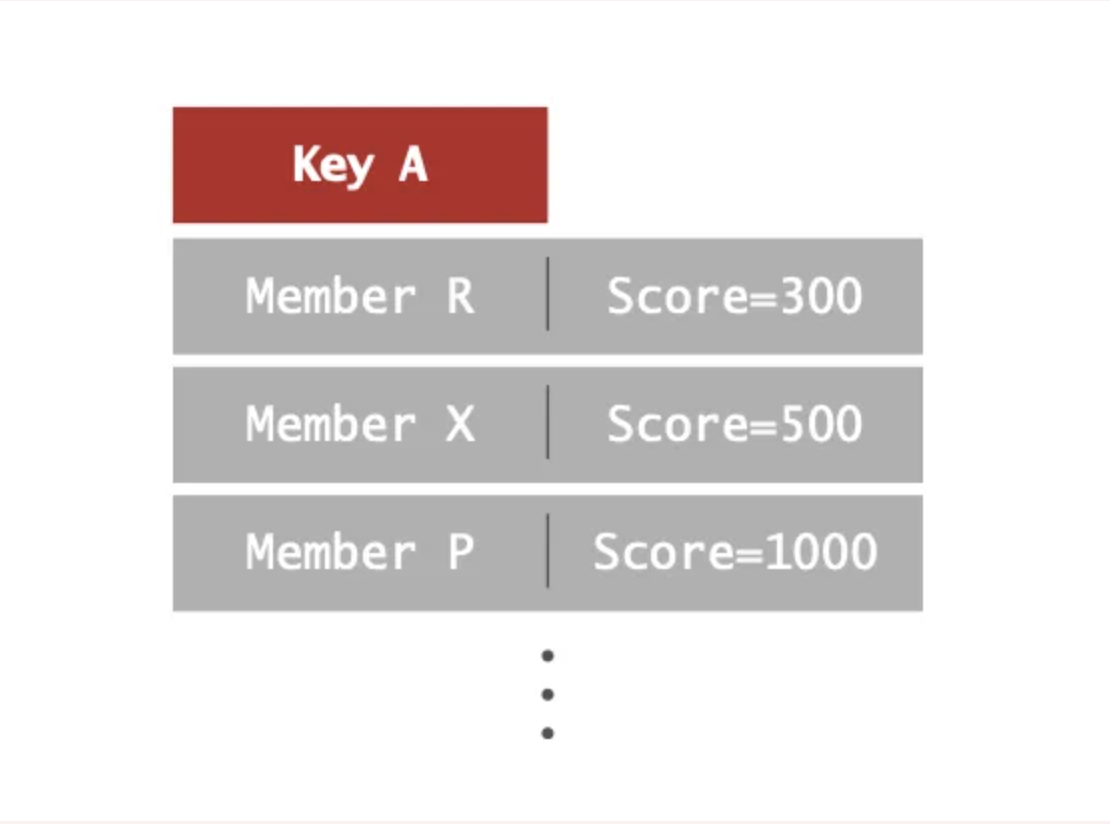
How Enterprises Use Redis | Do You Really Understand Redis? An Introduction to Redis Data Structures
Redis is a versatile, in-memory data store used as a database, cache, and message broker. Its optimized data structures (strings, hashes, lists, sets, etc.) enable high-speed operations for real-time analytics, session storage, and messaging. Enterprises leverage Redis for low-latency use cases like financial transactions, inventory tracking, and telemetry, outperforming traditional SQL/NoSQL solutions. With persistence, scalability, and Lua scripting, Redis delivers unmatched speed and flexibility, making it a top choice for modern, data-driven applications.
What is Redis, and why has it become so widely used and a preferred database choice?
Since its launch over a decade ago, Redis has grown into one of the most popular databases worldwide. In daily life, when we access e-commerce or gaming platforms, there’s a good chance these applications rely on Redis behind the scenes. So, what exactly is Redis, and why has it gained such widespread adoption as a go-to database?
While many may have heard of Redis or even used it briefly, its true power and versatility often go underestimated.
Let’s dive into Redis systematically!

What is Redis?
Redis is an open-source (BSD-licensed), in-memory data structure store used as a database, cache, and message broker. It supports strings, hashes, lists, sets, sorted sets, and more, along with features like range queries, bitmaps, hyperloglogs, and geospatial indexing with radius queries.
Database: An organized collection of information for easy access, management, and updates.

Cache: A component that stores data to serve future requests faster, either as precomputed results or copies of data stored elsewhere.
Message Broker: An intermediary that translates messages between different protocols for senders and receivers.
Redis often starts as a cache layer for SQL or NoSQL disk-based databases, storing query results or temporary computations. What sets it apart is its ability to persist data to disk and offer high availability through in-memory replication and automatic failover.

Many enterprises use Redis to store high-speed data that isn’t retained elsewhere. For example:
As a primary database for fast-processing needs.
As a user-facing database for real-time services, with slower secondary databases for transaction history.

Use Case:
A major bank offering Apple Pay services uses Redis to store transaction parameters during Apple Pay sessions. These parameters are accessed at ultra-high speeds and exist solely in Redis for the session duration—showcasing Redis as a database.
Redis also serves as a message broker, where published messages are channeled to interested subscribers. Its pub/sub mechanism, combined with data structures like lists, makes it ideal for real-time notifications and performance-critical messaging.

Redis Data Structures
Redis’ versatility stems from its rich data structures, each optimized for specific use cases, enabling low-latency, atomic operations with minimal coding overhead.
Strings: Basic key-value storage with direct operations like numeric increments and string manipulations.
Hashes: Field-value pairs ideal for modeling structured data (e.g., user sessions, JSON documents).
Lists: Linked strings enabling fast insertions/deletions, perfect for queues and producer-consumer patterns.
Sets: Unordered collections of unique strings, great for deduplication, tagging, and membership checks.
Sorted Sets: Members sorted by scores, ideal for leaderboards, time-series data, and real-time bidding.
Geospatial Indexes: Sorted sets with geocoordinates for location-based searches (e.g., navigation).
Bitmaps/Bitfields: Memory-efficient counters for tracking binary states (e.g., user online status).
HyperLogLog: Probabilistic cardinality estimation with minimal memory usage.
These structures make Redis uniquely powerful for real-time analytics, session storage, and more, outperforming traditional SQL/NoSQL solutions.
User Praise:
“Redis’ data structures are unmatched—simple key/value, hashes for document-like data, and sorted sets for rankings. Plus, disk persistence is a game-changer!”
“I use Redis for chat systems, leaderboards, and even as a MySQL cache. Migrating from Memcached was a no-brainer.”
For advanced use cases, Redis supports Lua scripting for complex computations and queries.
How Enterprises Use Redis
Real-world applications highlight Redis as a database, cache, and message broker:
Operational & Analytical Database:
Cooladata uses Redis for real-time user session analytics, storing summaries in MongoDB/HDFS for historical analysis.
Trading, Analytics & Messaging:
Xignite leverages Redis for fast market data access and pub/sub interfaces.
Time-Series Data:
An options trading platform delivers price updates (100+ pairs, 10 changes/sec) with 1ms latency to hundreds of subscribers.
Primary Operational Database:
A telecom giant handles 5M+ ops/sec at 5ms latency for billing apps.
Ad platforms use Redis for real-time content delivery based on demographics.
Reporting & Analytics:
A healthcare LMS achieves sub-second sorting and <5ms pagination using hashes and sorted sets.
With countless global users, Redis’ applications are limitless—from e-commerce to IoT.
Why Redis?
Redis isn’t just a cache or database—it’s a multi-role solution for an era demanding faster data processing. Its in-memory architecture delivers unmatched speed, while features like persistence, scalability, and high availability make it enterprise-ready.
Cost-Efficiency: Redis Enterprise offers a self-managed platform for real-time apps, balancing performance, compliance, and elasticity at a competitive cost.
In short, Redis is the backbone of modern, data-driven applications—where speed and reliability are non-negotiable.
